Description
INTRODUCTION
An earthquake is the vibration, sometimes violent to the earth’s surface that follows a release of energy in the earth’s crust. This energy can be generated by a sudden dislocation of segments of the crust, by a volcanic eruption or even by a man-made explosion. The dislocation of the crust causes most destructive earthquakes. The crust may first bend and then the stresses exceed the strength of rocks, they break. In the process of breaking, vibrations called seismic waves are generated. These waves travel outward from the source of the earthquake along the surface and through the earth at varying speeds depending on the material through which they move. These waves can cause disasters on the earth’s surface.
Earthquake Resistant Building Construction Seminar Report
Page Length : 26
Content :
- Introduction
- How Earthquake Resistant Building Is Different?
- Effect Of Earthquake On Reinforced Concrete Buildings
- Seismic Design Philosophy
- Remedial Measures To Minimize The Losses Due To Earthquakes
- Earthquake Resistant Building Construction With Reinforced Hollow Concrete Block (Rhcbm)
- Mid-Level Isolation
- Earthquake Resistance Using Slurry Infiltrated
- Mat Concrete (Simcon)
- Traditional Earthquake Resistant Housing
- Conclusions
- References
Earthquake Resistant Building Construction Presentation Report (PPT)
Page Length : 14
Content :
- Introduction
- How Earthquake Resistant Building Is Different?
- Effect Of Earthquake On Reinforced Concrete Buildings
- Seismic Design Philosophy
- Remedial Measures To Minimize The Losses Due To Earthquakes
- Earthquake Resistant Building Construction With Reinforced Hollow Concrete Block (Rhcbm)
- Mid-level Isolation
- Earthquake Resistance Using Slurry Infiltrated Mat Concrete (Simcon)
- Traditional Earthquake Resistant Housing
- Conclusions
- References

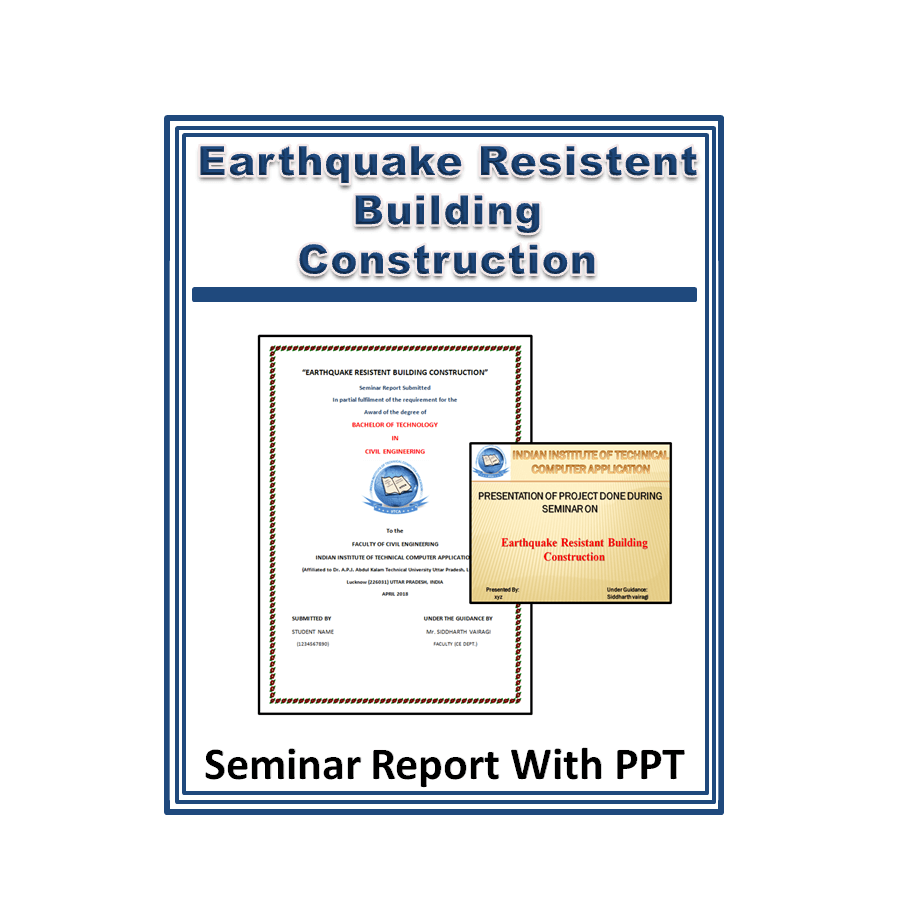

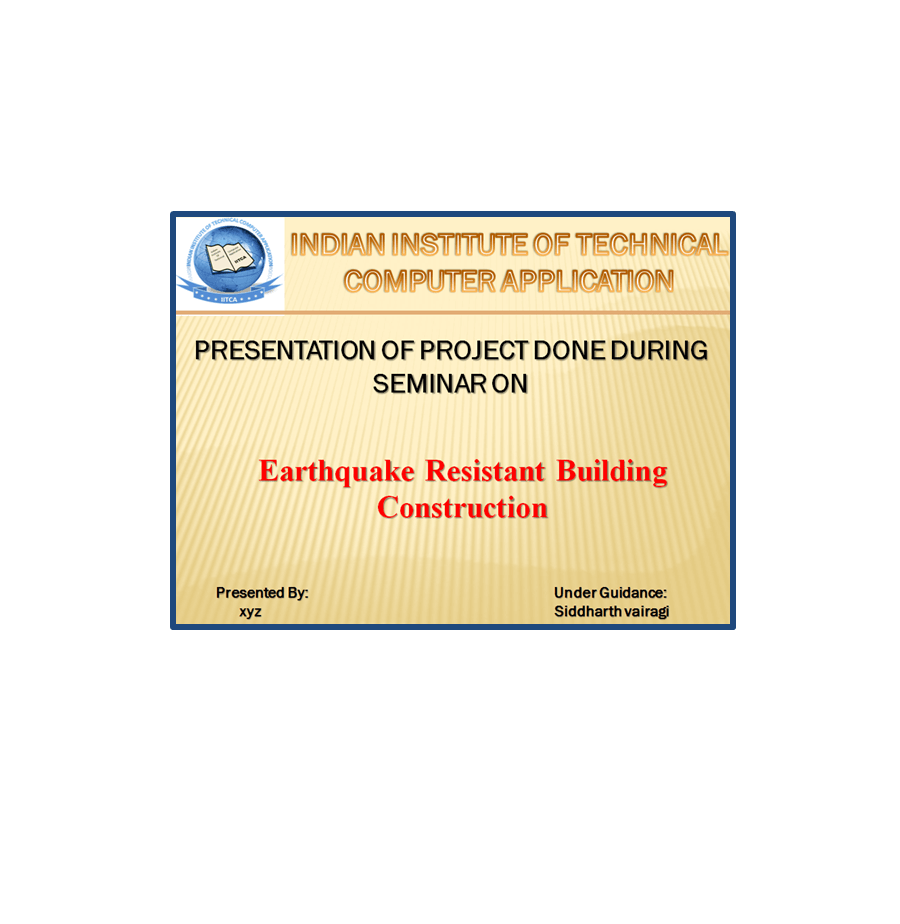
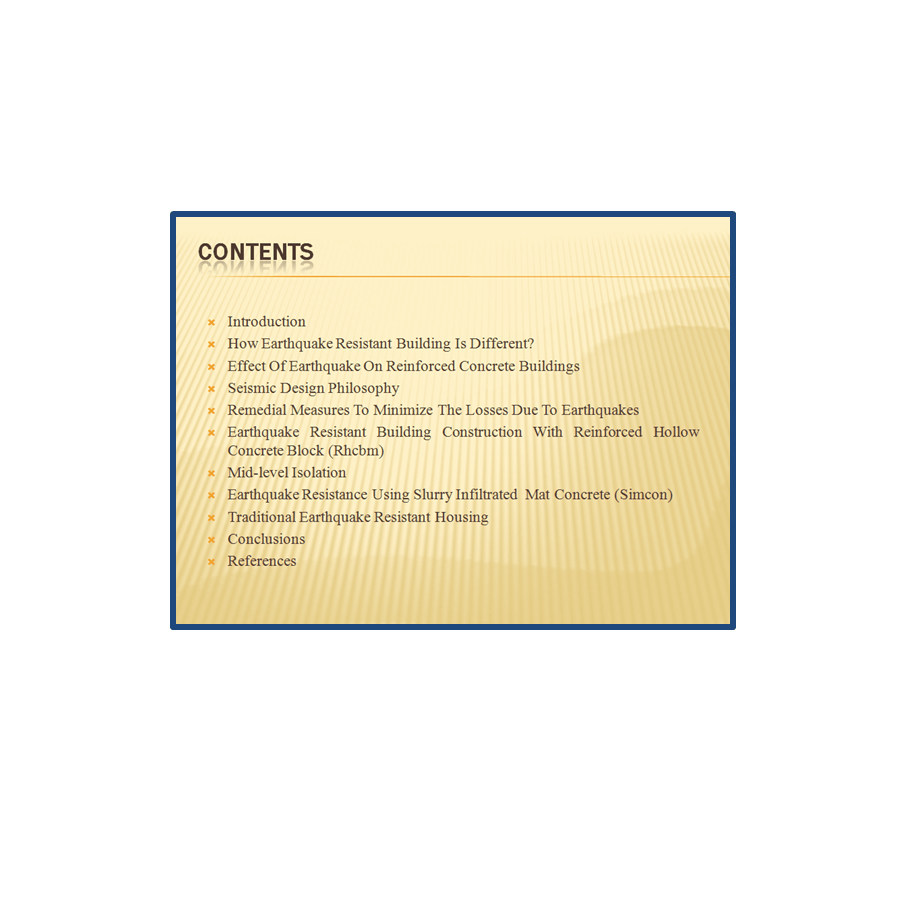
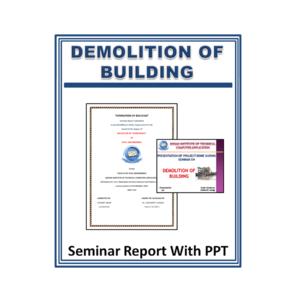

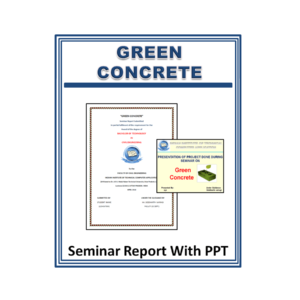

Reviews
There are no reviews yet